
In the digital marketing industry, companies have a fraction of a second to determine a visitor’s intent when they visit a site; that is, what is the visitor trying to accomplish in order to guide decisions about 1) what to bid on that visitor (real-time bidding for the right to show them an ad), 2) what ad to show them, and 3) where to place that ad on the site.
To determine each visitor’s intent, digital marketing companies accumulate a deep history of each visitor’s interaction activities including what sites they visited, what sites they came from, what sites they went to next, how long they spent on each site, what ads they clicked on, what ads they did not click on, and their search requests. They analyze the visitor’s interaction history to determine and codify (propensity score) their intentions (e.g., most likely interested in a car, vacation, sporting event, etc.) that drives the real-time ad placement decisions.
This “intent determination” is how Google provides each of us a personalized experience when we do a Google search. We enter a phrase into the Google Search Box and Google, having contemplated our history of engagement across a wide variety sites and searches enhanced with current search trends, creates a personalized experience by predicting our intentions so that they can prescribe the most relevant links and ads (Figure 1).

Figure 1: Leveraging Visitor Intent to Show Most Relevant Sites and Ads
Understanding user intent is the heart of creating an “intelligent” engagement with your users. Analytics-driven organizations determine and codify a user’s intent in order to provide a more engaging, relevant, hyper-personalized experience (Figure 2).
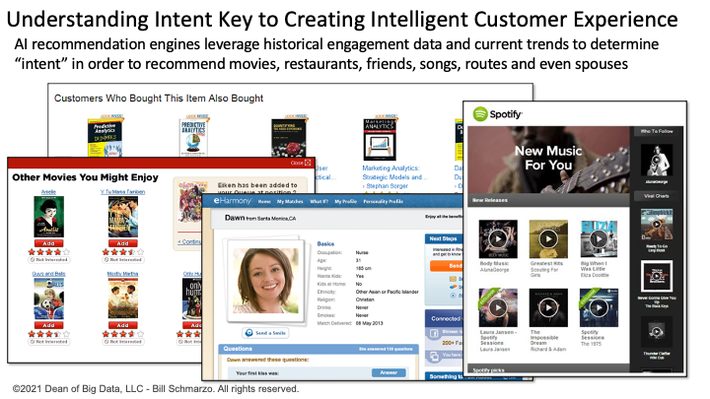
Figure 2: Using “Intent Determination” to Create an Intelligent Customer Experience
To create an “intelligent” user experience requires leveraging AI/ML to analyze a deep history of the user’s interactions to determine the user’s intentions, and then coupling those intentions with current trends, patterns, and relationships to match those intentions with a deep understanding of the available content to recommend the most relevant action.
Creating an “Intelligent” user experience requires (Figure 3):
- Intent Determination. What is the User trying to accomplish and the associated decisions, pains, and gains?
- Value Definition. What is the “Value: of accomplishing that task (their intentions) to the User and what are the KPIs and metrics against which the User will measure the effectiveness?
- Value Creation. How is the organization capturing and codifying User Intent and matching that intent to the most appropriate content and actions?
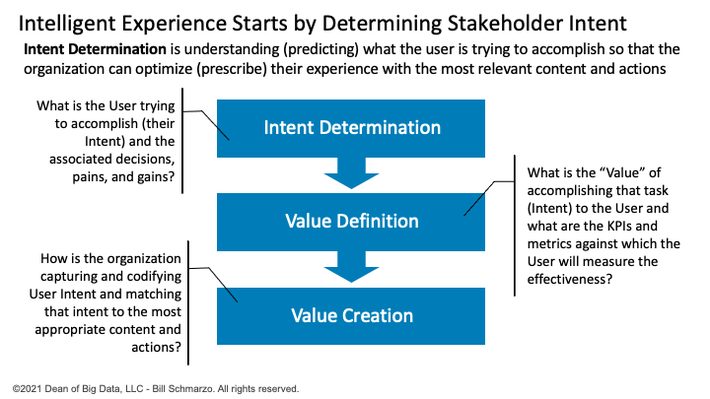
Figure 3: Creating an “Intelligent” Experience
To help understand what your users are trying to accomplish (their intent), we can leverage design thinking tools like a Customer Journey Map to detail the user’s decisions (jobs to be done), associated gains and pains, and the KPIs and metrics against which the customers will measure the effectiveness of their experience (Figure 4).
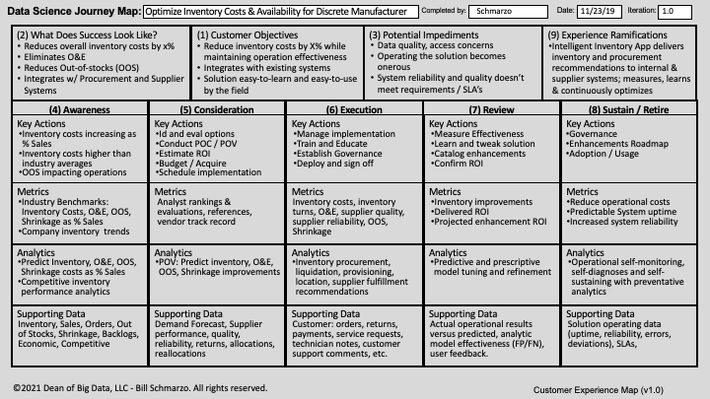
Figure 4: Data Science Customer Journey Map
How Do Organizations Define Value?
Understanding how organizations define value starts by understanding the Key Performance Indicators (KPIs) against which the organization will measure the effectiveness of their value creation processes. These KPIs have traditionally aligned around the categories of Increasing Sale/Revenues, Reducing Costs/Expenses, Optimizing Asset Utilization, Reduce Compliance & Regulatory Risk, and Improve Operational Effectiveness. However, we are being challenged to expand those dimensions to define a more holistic scope of value creation (Figure 5).
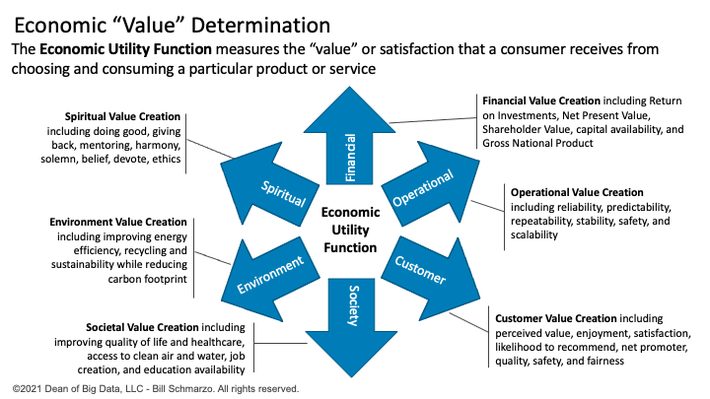
Figure 5: Understanding the KPIs against which an Organization Defines Value
The “Thinking Like a Data Scientist” methodology provides a template for defining the sources of value from the user’s perspective including the ideal outcomes, benefits, impediments, and the KPIs and metrics around which the user measures value attainment (Figure 6).
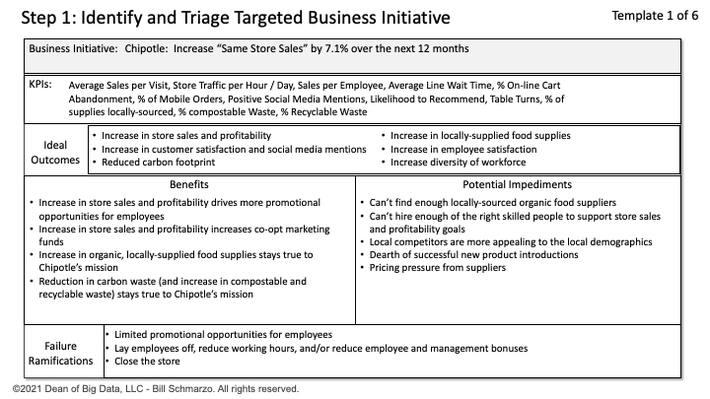
Figure 6: Step 1 of the “Thinking Like a Data Scientist” Methodology
Note: in defining this more holistic definition of value, it is critical to bring together a diverse suite of stakeholders to identify the KPIs against which they would judge the effectiveness of their value creation efforts.
Summary: Power of Determining Intent
To create an “intelligent” user experience requires leveraging AI/ML to analyze a deep history of the user’s interactions to determine the user’s intentions, and then coupling those intentions with current trends, patterns, and relationships to match those intentions with a deep understanding of the available content to recommend the most relevant action.
Determining User Intent is the first step in leveraging data and analytics to empower organizations to identify, codify, operationalize (scale), and continuously refine their value creation processes. Yea, that’s the heart of Digital Transformation (Figure 7).
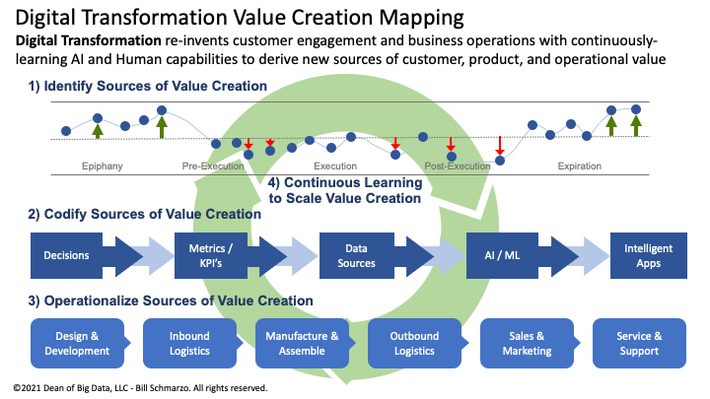
Figure 7: Digital Transformation Value Creation Mapping
